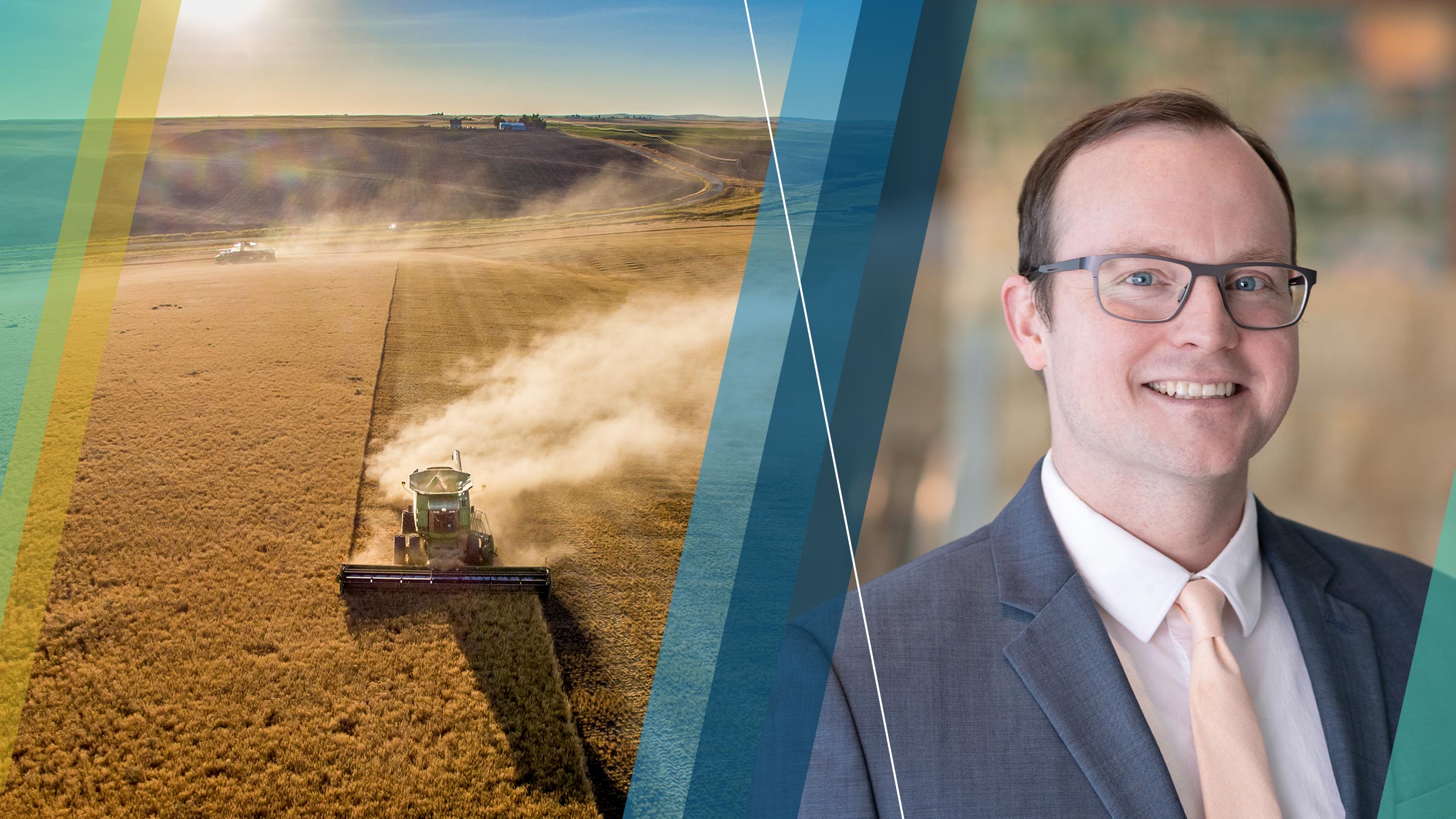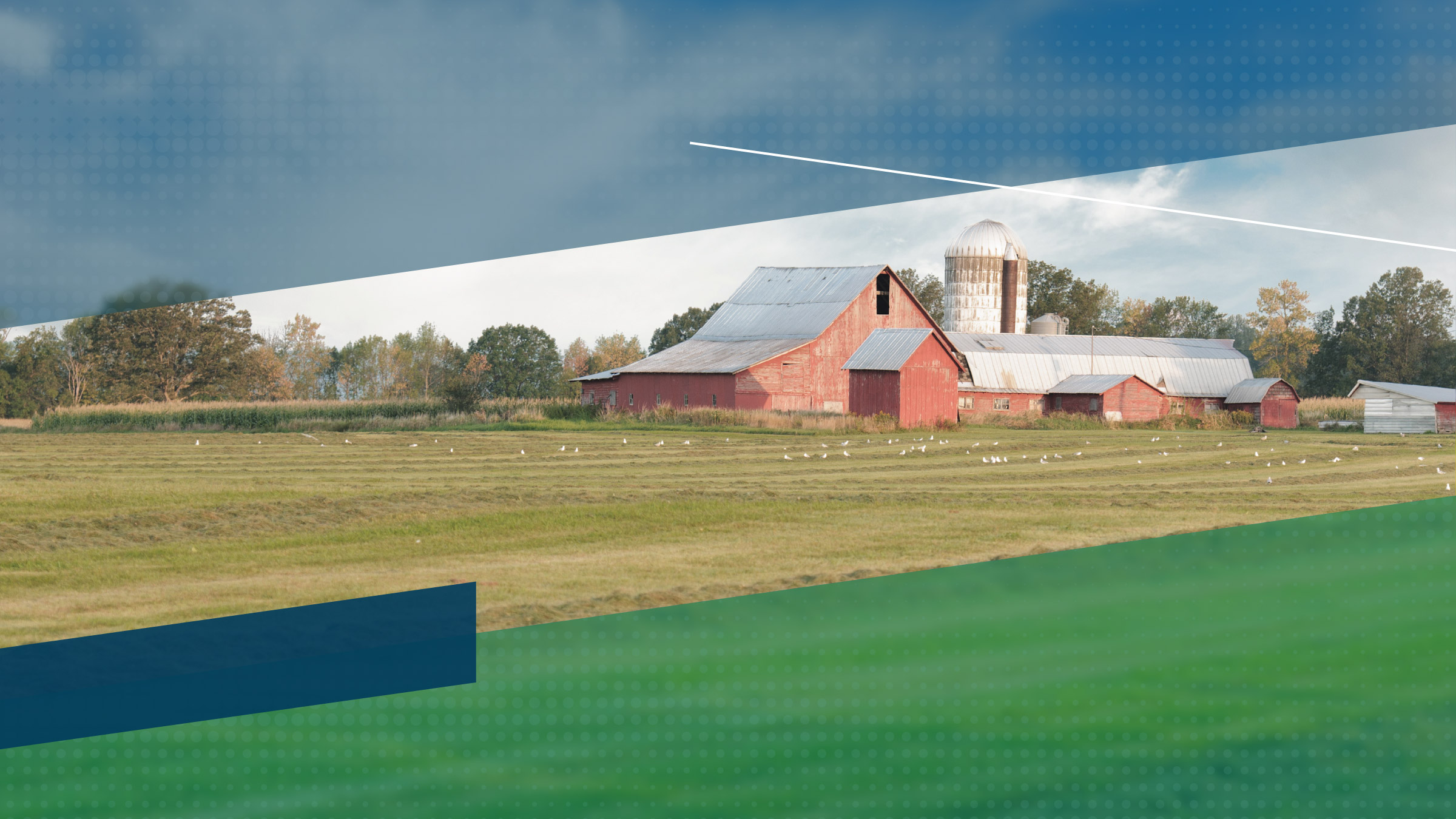Coming off a great 2007 and a solid first quarter, lenders are cautious about the remainder of 2008, according to the Minneapolis Fed’s first-quarter 2008 (April) agricultural credit conditions survey. Respondents indicated that agriculture had a great first quarter due to strong selling prices. None of the respondents indicated decreased net farm income or household and capital spending. However, the higher commodity prices are a double-edged sword: Higher input costs eat into high selling prices. “If the grain markets drop considerably going into the 2009 crop year and input costs and rents stay as they are, farmers will have a very tough time cash flowing,” a Minnesota lender said. In addition to commodity prices, cash rents and land prices are up. However, interest rates are down about one percentage point from the fourth quarter.
Farm income, household spending and capital investment
Farm income remained strong in the first quarter. “Customers continue to see grain at high prices,” a South Dakota respondent said. The positive profit picture is widespread, with a very large majority, 90 percent, of respondents reporting higher than normal income for the first quarter. In Minnesota, 97 percent reported increased earnings.
As the profits roll in, producers have increased purchases of capital equipment and household consumption. Over 80 percent of the respondents reported higher capital spending in the first quarter. In addition, 68 percent reported increased household spending.
Loan repayments and renewals
The large profits were also used to pay down loans, and reduce the need to renew or extend loans. Sixty percent of all survey respondents reported increased loan repayments, and only 2 percent reported decreased loan repayments. The number of producers facing liquidity issues decreased, with 29 percent of the lenders surveyed noting decreases in loan renewals/extensions and only 6 percent reporting increases.
Demand for loans, required collateral and interest rates
With high profit opportunity and lower interest rates, some farmers are demanding more loans, but a few lenders are increasing collateral requirements. Over 30 percent of respondents reported increased loan demand, while 24 percent noted decreased loan demand. About 10 percent of the lenders reported increased collateral requirements, and only one respondent indicated that loans were refused because of a shortage of funds. Both variable and fixed interest rates dropped about one percentage point from the fourth quarter for machinery, operating loans and real estate loans.
Land values
As profits increase, landowners want more for their land. “Rents are rising rapidly; any new available land to rent is starting at $150 per acre,” a Wisconsin lender said. Average district cash rents increased 24 percent from a year ago to $101 per acre. The biggest increases in cash rents were in Minnesota and South Dakota. In Montana, cash rents increased only 7 percent to $54 per acre. As cash rents increase so do land prices. Survey results showed that average values for nonirrigated farmland and ranchland increased 24 percent and 15 percent, respectively, from a year ago. The fastest growth rates in nonirrigated farmland and ranchland prices were in South Dakota, both increasing at a rate of 27 percent. (Land prices can vary significantly, not only from state to state, but also from parcel to parcel. For more detailed information on agricultural prices, see Minnesota Land Economics.
Outlook
The outlook for financial conditions for the second quarter of 2008 is positive. Sixty-one percent of lenders expect above-average second-quarter income. Solid household and capital spending are also anticipated in the second quarter. Loan demand is expected to expand. However, some lenders are nervous about input cost increases and too fast an increase in land prices. “As commodity prices come into line and/or return to pre 2007-08 levels and inputs continue to rise, the average leveraged farmer will be out of business,” a respondent from North Dakota said.
Appendices: State Fact Sheet | State Fact Sheet-Outlook





